Does your content generate enough traffic, leads, and conversions?
No?
It’s okay, you’re not alone. Only 30% of companies felt like they were using content marketing effectively.
What about the others?
Just imagine how disappointed you’d be after creating amazing content for your blog and only getting mediocre results.
Lots of times, this happens due to a weak content marketing strategy. Great content without a strategy is very unlikely to hit the mark. And, having a documented content strategy alone can make you twice as likely to succeed at content marketing.
But, if you’re creating great blog posts and have a good content strategy in place … but are still failing to see results, something’s missing.
Perhaps it’s time to tweak your content marketing strategy in order to embrace the science of persuasion and increase conversion.
By now, about 60% companies are expected to have an executive to handle their overall content marketing strategy. Whether you’re the one to hire or the one to assume the role, you can improve upon your current content marketing strategy by using persuasion techniques to influence people.
In his seminal book, Influence: The Psychology of Persuasion, Dr. Robert Cialdini establishes six principles of persuasion. Cialdini’s book is like a bootcamp in the science of persuasion.
Let’s see how you can apply his persuasion technique to your content marketing strategy and increase conversion rates.
Why care about persuasion?
If the science of persuasion was not important, all the copywriters in the world wouldn’t care about it.
Have you ever wondered why the best Copywriters sell a good night’s sleep rather than a great mattress?
Think psychology.
Look at the two options and choose the one most likely to persuade people: A sound sleep or a great mattress?
Sound sleep, right?
The copywriting adage — features tell, benefits sell — works like magic. It’s no wonder that the most convincing copy to persuade people wins. Always.
A persuasive copy focuses on benefits rather than on features. Successful copywriters are known to start with fact sheets (with all the information about the product). They then find a way to map the facts (or features) with benefits.
The following is Gary Halbert’s method of writing persuasive copy:
Look at how facts translate to benefits.
Benefits need little processing and they click with the prospects, so they work.
Basically, you’re only making it EASY for a prospect to decide.
Features (specs or information) appeal to logic, while benefits appeal to emotions. That’s why benefits sell, they influence people via the power of emotions.
Often we associate decisions with information. We like to make decisions when we have all the information and the context. Or, at least, that’s how we think it works.
But, it’s not so.
Studies have shown that we make decisions based on emotions and then use logic to justify them.
Antonio Damasio, a Professor of Neuroscience at the University of Southern California, conducted a study on people incapable of generating emotions.
His findings will amaze you. Through his experiment, he established that such people struggled while making basic decisions. This was a big discovery, as the subjects were otherwise absolutely normal and capable of processing information.
So, let’s say you’re making all of the information available in your blog posts and overall content. What should you do now?
How do you persuade people to read, share and consume it? How do you get them to say yes to your CTAs? And, finally, how do you persuade people to buy?
Enter Cialdini’s Principles of Persuasion
As Cialdini puts it, we’re in the age of information overload.
We don’t have the time to process all of the information and then to make informed decisions. This incapacity makes us look for signals — signals that help us decide if we want to do something.
Cialdini calls these “shortcuts”.
Take a moment and think about your own average blog post readers.
Think about how they’re continuously subjected to hundreds of messages everyday (online and offline). In the online world, these messages follow them every time they open their inbox, every time they check their social updates and even while reading content.
And, just like commercials during your favorite television shows, they’re highly undesirable.
But, if you play persuasion techniques well, you can make the most of this exposure. You can make your blog posts not just valuable, but irresistible to your audience.
Cialdini suggests shortcuts to do so:
- Reciprocity
- Commitment and Consistency
- Social Proof
- Liking
- Authority
- Scarcity
Here’s a breakdown of the actual principles and how you can apply them to your content marketing.
Principle of Persuasion #1 – Reciprocation
Reciprocate means to “do (something) for or to someone who has done something similar for or to you.”
You may not have realized it, but when you say hello in return to someone who has greeted you, you’re acting under obligation.
It’s the classic give and take at work. It’s reciprocation.
For 15 years after his epic Christmas card experiment, Phillip Kunz, a Professor at the Brigham Young University, continued to receive Christmas greetings from people he didn’t know.
Yes — total strangers continued to send him Christmas cards.
Why? Because, as part of his experiment, Kunz chose 600 random people by surfing directories of nearby towns and he sent each of them a personalized Christmas greeting.
After five quiet days, responses started dribbling in.
So, what were some observations from the experiment?
- More than 200 responses.
- A few responses that were 3-4 pages long.
Now, you might wonder what would lead to such results. Cialdini explains this behavior as an instance of reciprocal obligation.
The experiment subjects felt obliged to reply to Kunz, although they didn’t know him. They felt so, because Kunz had given them something that they needed to return in some form. Here, they chose the obvious way and got back with letters and Christmas wishes.
Adam Grant, a professor at Wharton, has also done extensive research on the benefits of helping people. The New York Times produced a funny video to illustrate his work and show the reciprocatory principle in action:
To benefit from the principle of give and take, give generously. Create useful content and give it away for free. By doing so, you’ll extend a favor to all of the recipients. And, they’ll feel obliged to return your favor.
They might do so by visiting your site more often (and turning into loyal readers). Or, perhaps they’ll reciprocate by sharing your resource (and becoming your social follower). Or, maybe they’ll return the favor by simply following whatever CTA you have in your content (and eventually ending up buying your product or service).
But, it’s very important that you don’t give with the hope of getting back. Offer content with the true spirit of helping. If you do so, people will acknowledge your effort (and oblige).
At QuickSprout, I’ve created several high quality resources that I give away for free.
They’re full of advanced and actionable online marketing tips. These resources have brought in hundreds of thousands of visitors to my blog. They also rank well for several competitive terms and increase conversion, so they’ve been an excellent source of organic traffic as well.
Often, these resources have been the first touch point between my audience and me. My readers often evaluate these resources as a sampling of my work. The content’s top-notch quality prompts them to keep coming back to my blog posts.
I have written several guides that are all available to download for free. In fact, I don’t even ask for emails to access them.
I also teamed up with Brian Dean to create an online university where people can learn the fundamentals and even some of the advanced online marketing practices.
Again, it’s an open university that can be accessed without sharing your email.
And, finally, there’s my free email course about doubling a site’s traffic.
Look at the top blogs around you and you’ll find them all leveraging the principle of reciprocity in some form.
CopyBlogger offers an incredible library of free resources. While the access is free, you’re required to give your email.
And, it’s not always a ton of goodies. Often, blogs create a freebie (lead magnet or carrot content) and exchange it in return for an email address. This helps to them build a list and a loyal audience.
Here’s the deal: You get a headstart when you offer something for free to your audience.
The easiest way to get people to reciprocate is by giving away free content. Here’s how:
Step #1 – Create or compile your best content to give away: If you’ve been producing content for a reasonable time, you should have a good idea about the blog posts that resonate with your readers. Those posts would be a nice starting point to give the free content a direction.
If you want to be sure, run your site through a tool like QuickSprout. QuickSprout will look at your analytics and identify the best performing content on your blog.
Step #2 – Repurpose: Once you’ve selected (or created) the content to offer to your visitors, find ways to convert it into a nice format.
If you look around, most of the top blogs offer downloadable content in the PDF format. Sure, you can go for the epub or Kindle formats as well, but the PDF is the most popular.
If you look at the guides that I offer, you’ll see that they’re custom designed. If you don’t have the bandwidth to do so, try designing your guide by yourself, with tools like Canva.
Canva will help you create an attractive cover image and other visuals for your eBook or guide, within minutes. You can sign up for a free account and you’re then able to create unlimited graphics. You can even brand them, if you’d like.
Step #3 – Decide if you want to ask for an email: The choice of asking for an email and trying to influence people to subscribe is subjective.
CopyBlogger asks for emails, Buzzsumo doesn’t.
As I mentioned earlier, I haven’t setup any opt-in forms for my guides and the university.
That being said, if it’s a strategic resource, implement an opt-in form (More on this in the second point.)
No matter what choice you make, the bottom line is that your content should be so valuable that it persuades people to oblige the favor.
Step #4 – Promote: Once you’ve created the goodie to give away, promote it. If you’ve seen the Quicksprout blog, you’ll see that I have listed QuickSprout University in the main menu.
I promote the email course in the sidebar and after each post. The guides are also prominently displayed in the sidebar, where they can be noticed easily.
To find the most promising hotspots on your site for promoting your free stuff, you can use heatmap software like Crazyegg. It helps you see your site as your readers see (and use) it. Crazyegg highlights the high visibility sections on your site. Promoting your free content in these areas ensures that your viewers don’t miss it.
With free tools like the Hellobar, you can also promote your freebie on the top of your site.
Principle of Persuasion #2 – Commitment and Consistency
Have you ever discarded the value of a thing that you got for free, i.e., without paying anything in cash or kind?
Well, if you have, there’s nothing to feel guilty about. It’s natural and happens to all of us.
However, what I find the most interesting about such discarding is that it has nothing to do with the content or the value of the freebie. It’s more about its perceived value.
If you contrast this with something that you pay for, you almost always perceive it to be more valuable.
But, you’re probably thinking: isn’t paid always better than free?
Not necessarily.
It’s really a matter of perception.
Seth Godin could make a lot of money from all of the amazing stuff that he’s giving away for free.
While I presented the perception from the money perspective, the real driver is commitment and consistency: when you pay for something, you invest in it, so you feel more committed to it. That’s why you value it more.
To elaborate on the power of commitment and consistency, Cialdini rehashes the experiment that a pair of Canadian psychologists performed on people participating in horse race betting. Its findings showed how people started feeling a lot more confident once they placed their bets.
It goes like this. Once they placed their bets, they felt obliged to behave in a way that aligned with their choice, so they conditioned themselves to feel more confident in the horses they had placed their bets on. Their commitment triggered a sense of consistency, as their chances for winning hadn’t changed really.
Commitment and consistency is as simple as this: Once people make a commitment, they start behaving in a way that is consistent with their commitment.
So, you feel bound to defend what you do, what choices you make and how you behave.
It’s unfair, but often your best offerings can get discounted, if you give them away for free or for too little. I’m not asking you to start charging for them, but you should ask for a commitment in return.
The most basic implementation of the commitment and consistency principle could be asking people for their email address to access your freebie.
If you’ve tried to access Inc’s content, you might have noticed that Inc requires you to signup, to be able to read its posts.
After you get users to commit, the second part of the principle comes into play: consistency.
In its case study of US President Obama’s fundraising campaign, Optimizely shared a test done on the donation form.
In the test results, you’ll notice that when the donation form was split into multiple steps, it outdid its longform version by 5%.
Of course, the length of the form and the number of form fields were a factor in the lower completion rates of the first case (the longform), but it’s not just that. When the form got split into multiple steps, the reader was expected to make an upfront commitment.
Following Cialdini’s principle of commitment and consistency, once a reader is past the first step, it would be very unlikely that this person would not finish the rest of the steps that lead to the donation.
We can also see the commitment and consistency principle as a process: The first step of filling the form (i.e., when the reader adds the donation amount), acts like the initial commitment. This commitment later triggers consistent behavior, by following up the filling of the form and making the donation.
Here are two simple steps to get people to follow the commitment and consistency principle themselves:
Step #1 – Decide the investment: There’s no standard investment that you plaster into your process — analyze your existing readers to find out what they’d consider a good investment. It doesn’t have to be financial.
Anything goes: think email ids, social shares, signups, free registrations, etc.
Step #2 – Choose the implementation: Once you’ve chosen the investment, you’ll have to find a way to implement it.
If you require users to complete a form before they get access to your content, you will have to find a way to restrict the access so that it’s only unlocked upon form submission.
For my ongoing customer acquisition webinars, I’ve implemented a simple two-field signup form.
Remember: you’re persuading people to commit to your content, so that they start behaving in alignment with their choice of committing to you.
The returns garnered by the commitment and consistency principle could be something as subtle as liking and sharing your content on social media or something as large as following your CTAs, each time.
Principle of Persuasion #3 – Social Proof (Consensus)
Everyone subscribes to social influence.
To show the effect of Sa persuasion technique like Social Proof, Cialdini cites the example of canned laughter (the laughter track that’s often inserted into comedy shows).
Whether you find a joke funny or not, the canned laughter almost always persuades people, including you, to laugh. Your laughter is not natural, it’s induced — it’s a reflexive action, in response to the canned laughter you just heard.
You might wonder how listening to synthetic laughter can influence people to laugh, despite a non-funny joke. The answer lies in our natural tendency to do things that we see our peers do and the science of persuasion.
Cialdini also quotes the advice given by Cavett Robert, a sales and motivation consultant, to his sale trainees,
“Since 95 percent of the people are imitators and only 5 percent initiators, people are persuaded more by the actions of others than by any proof we can offer.”
Social influence is a powerful factor. Its impact is evident in all forms of marketing, including content marketing.
You already know the importance of list building. It’s a cornerstone activity in content marketing that allows you to stop visitors from forgetting you after their visit and to influence people for future engagement and returns.
But, as more and more blogs are increasingly implementing some sort of a lead magnet, people could use a little more encouragement from the science of persuasion in order to subscribe to you and increase conversion. Social Proof does the trick.
Content Marketing Institute mentions its list of 140k+ marketers on its sign up form, to persuade people to also sign up for subscriptions.
CMI’s large number of subscribers is hard to ignore. It acts like a go-ahead for new visitors and it boosts signups.
And, it doesn’t have to be only about building lists, Social Proof works everywhere.
If you’ve read my bio blog post, you’ll see that I’ve listed some of the big sites that have featured me. This information is helpful to anyone who’s not sure about trying the different tactics that I share.
The halo effect is also at work here.
When a person reads about me being featured on sites like Entrepreneur and The Wall Street Journal, the science of persuasion suggests that his or her opinion about me will be biased by what he or she feels about those sites.
Testimonials, too, act as excellent Social Proof.
Here are a few ways that you can integrate Social Proof into your content strategy:
- Add social sharing options: Most social sharing tools come with the option to display the share count. The share count is a great indicator, to the visitor, of the quality of your content and it influences people such as new site visitors to read your content (and even to share it).
- Use list strength to display quality: People will be more willing to get on your list if you can back up your form with your current list strength. A great persuasion technique is to add the number of your current subscribers to your signup form.
- Get influencers to share your content: Reach out to the influencers in your niche and ask them to share your content.
When the Groove blog was launched, the team created a group of influencers whom they reached out to for promoting every published post. These influencers didn’t just share their content but also participated in discussions by posting comments.
Alex shares, in his ebook, how the leaving of comments by the influencers helped Groove’s initial content gain momentum and increase conversions.
It’s this: when influencers share your content, they attribute a part of their credibility to it, and people perceive your content to be more valuable. (Remember the halo effect from the last point?)
But, it’s not always easy to persuade people, particularly influencers, to share your content. If your content isn’t absolutely remarkable, it’s hard to get influencers onboard and to persuade people convincingly. Keep the content standard high, right from the onset.
Again, since Groove has done this really well, you should check out its engagement checklist. The Groove team started engaging with the influencers well before asking for a favor.
They’re leveraging the reciprocation principle (give a favor before asking for one).
- Display social followings: The strength of your social following also acts as social proof. If you happen to have engaged social followers, demonstrating your own power to influence people it would be even more helpful.
- Use badges and trust seals: Badges, trust seals and name drops work great, too. If your content is the most read content in your niche, or if it has been featured on leading publications, make sure that you advertise this fact.
Principle of Persuasion #4 – Liking
The principle of liking is a somewhat abstract part of the science of persuasion — but, we’ve all given in to it many times.
If you’ve found yourself saying yes to someone, for no particular reason, you’ve made your decision based upon your liking.
Lots of brands are more likeable than others. There are a number of email marketing solutions out there, but MailChimp is indeed one of the most recognized and liked email marketing brands.
Whether it’s Freddie, their mascot, or their engaging messages that guide you when you’re designing your campaigns – there’s something really likable about MailChimp.
It’s hard not to like MailChimp, given its strong personality and fun elements.
Throughout its content, from its feature listings to its product update posts, Mailchimp maintains a very positive tone. It’s remarkably consistent. MailChimp’s content style guide is an amazing resource. If you don’t have a content style guide yet, refer to theirs as a good starting point.
Cialdini says,
We tend to like people who’re similar to us, compliment us or cooperate with us in achieving mutual goals. So, to make your content more likeable, you should focus on producing empathetic and relevant content.
Effective content is always empathetic and it is all about helping people. If you just start with this, you can be sure that your content will help you make personal connections with your readers and thus encourage the science of persuasion.
Elements of content, like the title, tone and language can be fine-tuned to match those of the readers. That’s why top content strategists recommend writing to a single reader rather than to a faceless mass. It’s easier to identify the traits of a reader than it is to do guesswork about thousands of them.
A few tips to make your content more likeable:
- Talk to one reader: Start by identifying your ideal reader. Discover their top desires, fears, greeds, pains and hopes. All of these are powerhouses for making connections. Create a reader persona and produce blog posts and other content for that reader.
- Write a compelling title: If you’re aware of the 80/20 rule of content, you know that 80% of readers will only read the headline. Run your titles through tools, like the CoSchedule’s Headline Analyzer and Advanced Marketing Institute’s Emotional Marketing Value Headline Analyzer. These tools will score your title and tell you if your readers will find it engaging and if your blog posts could increase conversions.
- Work on the opening: Title templates make the task of writing a blog post title somewhat easy, but it’s still possible to lose the sizzle with a lame opening. Work on your blog post’s opening lines. You could start by stating a fact or a question with a guaranteed positive answer. Copywriters have forever used the trick of opening a sales letter with a fact. It could be as straightforward as mentioning the date on top of the sales letter or a simple personalization with the recipient’s name. When readers see you mentioning an irrefutable truth, you secure a little more time with them. The same principle works on posts, as well. That’s why so many bloggers start their posts with facts or with questions that engage readers.
- Youify your content: Think of every instance of “you” as a cliffhanger in your content. Every time a reader comes across the word “you,” he or she is drawn back into the conversation.
Speak in the first person. Many of my posts are over 4000 words, but they get read and shared a lot and also attract a lot of comments. I think my conversational tone is a big factor in getting such results.
- Add power words: Power words tighten up content and make it more engaging, increasing their ability to persuade people. They are like buzzwords that catch the attention of the biggest content skimmers. Use them throughout your content.
- Adopt a positive tone: Tone is a matter of preference, but, whenever possible, stay away from fear-based or negative writing styles in order to most effectively influence people. Ernest Hemingway had four rules for creating epic copy. One of them was to maintain a positive tone.
- Use friendly images: Images can set the tone of your content, so choose them well. Look for quality images that invoke emotion.You can find all of the power moves for delivering likeable content here.
Principle of Persuasion #5 – Authority
Have you ever done something because someone in a position of authority asked you to do it?
Did you buy a product, just because a top blogger in your niche recommended it?
If you have, then you’ve just conformed to the science of persuasion principle of compliance to an authority.
Cialdini highlights the undeniable influence of an authority figure, by sharing the an experiment conducted by Milgram, a professor of psychology at Yale University.
The authority figure in the experiment was a lab researcher. The other subjects were divided into two groups: Teacher and Learner.
The Learners were expected to memorize a list of word-pairs and to then recall them correctly in the following test. Each wrong answer meant a punishment, in the form of an electric shock. And, with each mistake, the intensity of the electric shock was to be raised. The Teachers were given instruction to raise the shock intensity after each wrong answer.
The results were shocking (pun intended): About two thirds of the subjects in the Teacher role stopped only at the raising of the electric shock volts to their highest capacity (at 450 volts!).
The experiment witnessed subjects in the Teacher role continuing to raise the shock intensity, upon the direction of the lab researcher, acting as the authority, despite hearing the Learner subjects’ repeated pleas seeking relief.
Cialdini explains this blind following of the direction of the lab researcher as a sense of duty inside all of us. The subjects in the Teacher role were unable to defy the orders of the lab researcher.
This observation was further validated by a follow-up experiment. In the follow-up experiment, the Lab researcher asked the subjects in the Teacher role to stop giving electric shocks while the Learner subjects encouraged and asked the Teacher subjects for more shocks.
The results were drastic: All the Teacher subjects stopped the shocks when the lab researcher ordered to do so (despite the Learner subjects volunteering for more).
Milgram’s science of persuasion experiment leaves little doubt that all of us are bound by a sense of duty to an authority. This means that if you can build your status to that of an authority, you can persuade people to do what you’d like them to do.
Practicing some of the above persuasion principles in order to influence people is somewhat easy. Their results, too, are visible quickly (if not instantly).
But, the principle of authority is hard to leverage, because you don’t have any quick fixes or plugins here. Building an authority status takes time. Think years.
The results, however, are extraordinary.
While there’s no shortcut to becoming an authority, the following steps will help you position yourself as one.
Embrace transparency: Transparency is a sure way to achieve authority status.
Content that takes people behind the scenes of what goes into a company or business appeals to readers.
If you come across two resources – one packed with lots of data and facts, and the other one packed with step by step breakdown of how the content creators did it, along with the lessons that they learned, what would you prefer?
The second one.
Why? Because it sounds more honest. Embracing transparency in your blog posts makes it easy for readers to associate with you. As a result, this is a crucial component of an effective persuasion technique.
Groove is a shining example of a company that reached an authority status with its blog posts. The Groove blog follows the journey of the team, as they move toward their 500k target.
Buffer is another authority blog that has leveraged content well. Buffer, too, sports transparency.
My nutrition secrets blog is also modeled on transparency. If you follow my blog regularly, you’ll know that I share updates about the traffic and revenue every month.
Use words that hint at an authority status: If you already have an authority status, hint at it across your blog and blog posts. Use testimonials and social proof.
Be available: Hold Ask Me Anything sessions, from time to time. If you don’t want to put it all together yourself, participate in communities that conduct them regularly.
You’ll find many of the online marketing authorities participate in AMA sessions on Inbound.org.
Consistently create quality content: Create an editorial calendar and stick to your schedule. People are impressed by consistency. Consistency won’t just help to provide the power to persuade people, but also to get them to like you because consistency is a desirable quality.
Principle of Persuasion #6 – Scarcity
There’s something about a scarce resource.
It triggers the fear of missing out (FOMO). And no, the fear of missing out isn’t something that marketers have created for hype. It exists. It’s a fear that stems from the possibility that we might feel regret later for not making a decision in time.
FOMO-based marketing often appeals to the impulsive side of us all.
If you look at the persuasion techniques at work when marketers are promoting their new books on Amazon, you’ll see the principle of scarcity in action.
When Dan Norris launched his ebook on content marketing, he launched a promotional campaign on Twitter. The book was made available for free download, but only for one day.
If you look at the initial reviews, you’ll see that they’re mostly positive. Of course, the book is great, but the positive reviews also hint at how effectively the principle of reciprocatory has managed to influence people.
Do you think that the people who got the book for free might have felt obliged (or at least encouraged) to write a positive review about it?
It’s bound to happen (thanks to the principle of reciprocation).
Content marketers, Sujan Patel and Rob Wormley, also released their book on content marketing in a similar style.
My latest webinar, too, has limited seats.
Making a product available in a limited way gives people an incentive to act fast.
Here are a few ways to make content irresistible, using scarcity:
Choose the right offer: Depending upon your offering, you can choose between these 4 types:
- Limited time offer: This is a pretty straightforward persuasion technique — it runs until a certain date. This works great for interactive content, like webinars and apps.
- Limited units offer: Here, you’ll typically name a number of the copies available. A limited units offer could work great to persuade people to sign up for ecourse-type content.
- One time offer: This is an offer that’s made available only once.
- Charter offer: A charter offer is one that’s typically offered when a product launches. These are one time offers that are available only when a product launches, such as a pre-launch discount. They impressively influence people to jump on the exclusive opportunity while they can.
A charter offer could also work great for launching ebooks (look at the examples of the Amazon books discussed earlier).
Two effective ways for inducing the FOMO could be:
- Invite only: Here you decide whom you’ll make your content available to. You might want to try this offer on some types of interactive content, like quizzes and calculators.
- On demand: In an on demand offer, you typically ask the recipient to request the resource so they are able to download it. Content such as whitepapers, demos and videos could be a good fit here.
Finally, make a limited time offer only if you mean it. As such offers get results, it’s tempting to run them again, after the deadlines. But, I’d like to warn you about doing this. If you do, you’ll harm your credibility and will damage your ability to increase conversions on a long term basis.
I’m sure you’ve come across several limited time offers that last forever. Your customers might not be so forgetful or forgiving after all.
Conclusion
Cialdini’s principles of persuasion – or the 6 shortcuts that everyone uses to make quick decisions – apply to all types of blog posts and content.
So, whether you’re into written, video or visual content (or all of the above), look for ways to add signals that people identify and use while deciding.
And, remember that the only way to beat the information explosion and to provide meaningful signals is to be truly helpful. Keep in mind that your content marketing efforts will only be as effective as your content. Start by producing relevant, likeable and SEO-friendly content.
Can you recall some occasions where someone persuaded you with any of these principles? And, how do you plan to apply them to your content strategy?

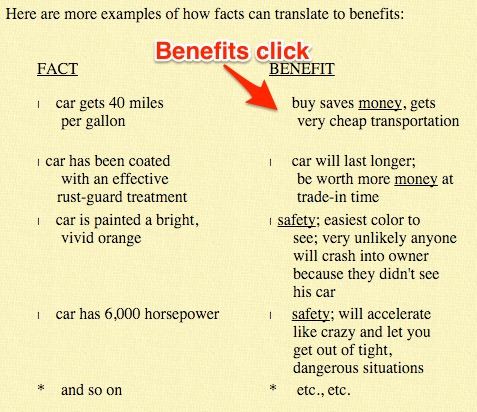
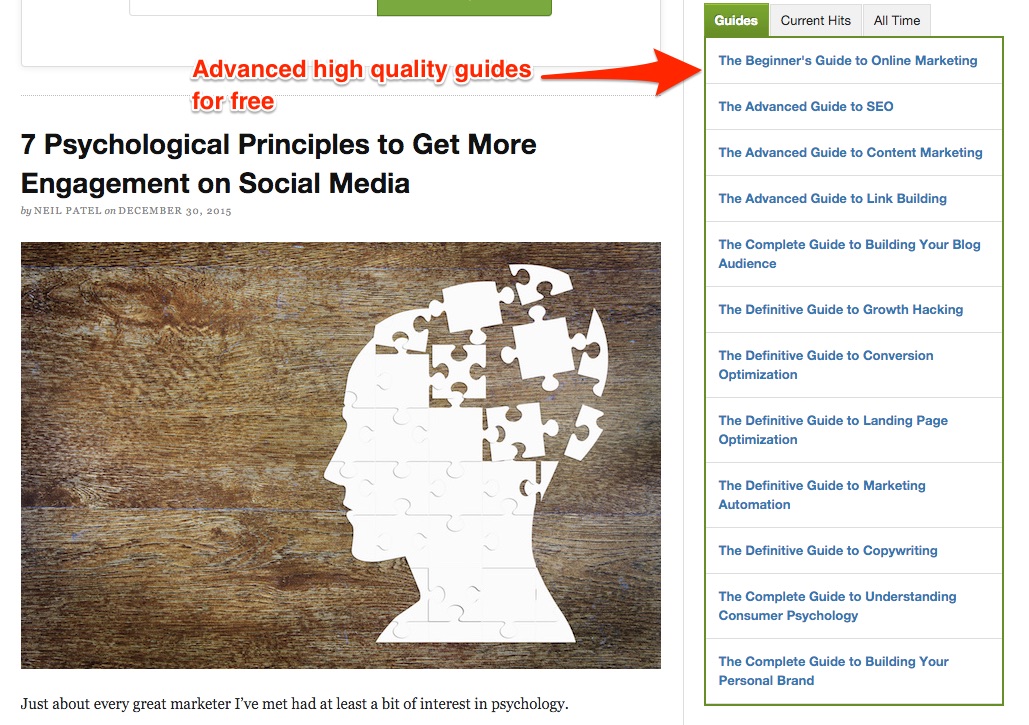
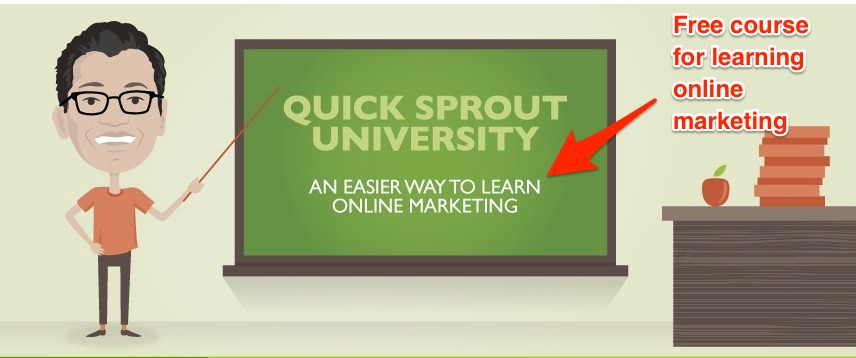

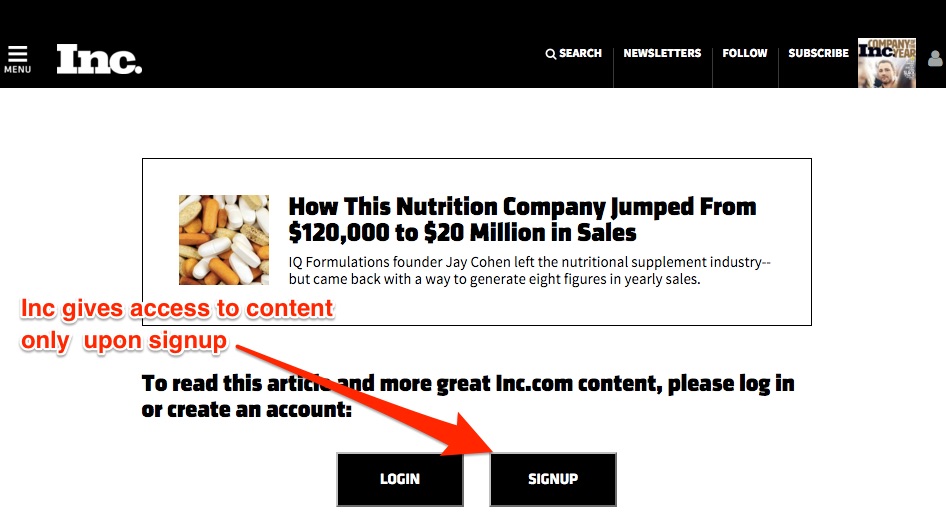
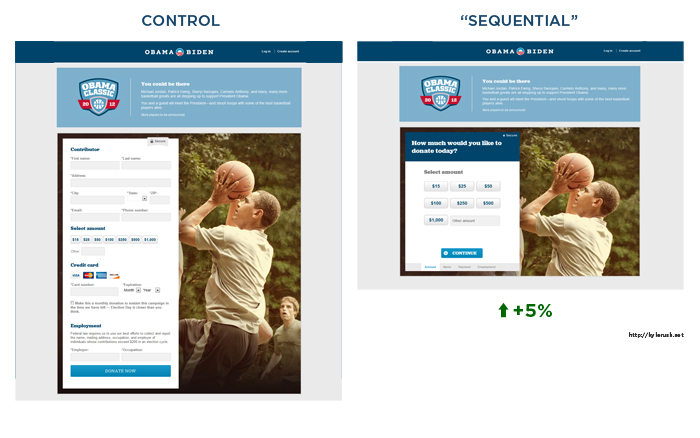
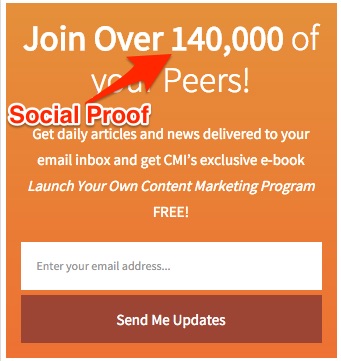
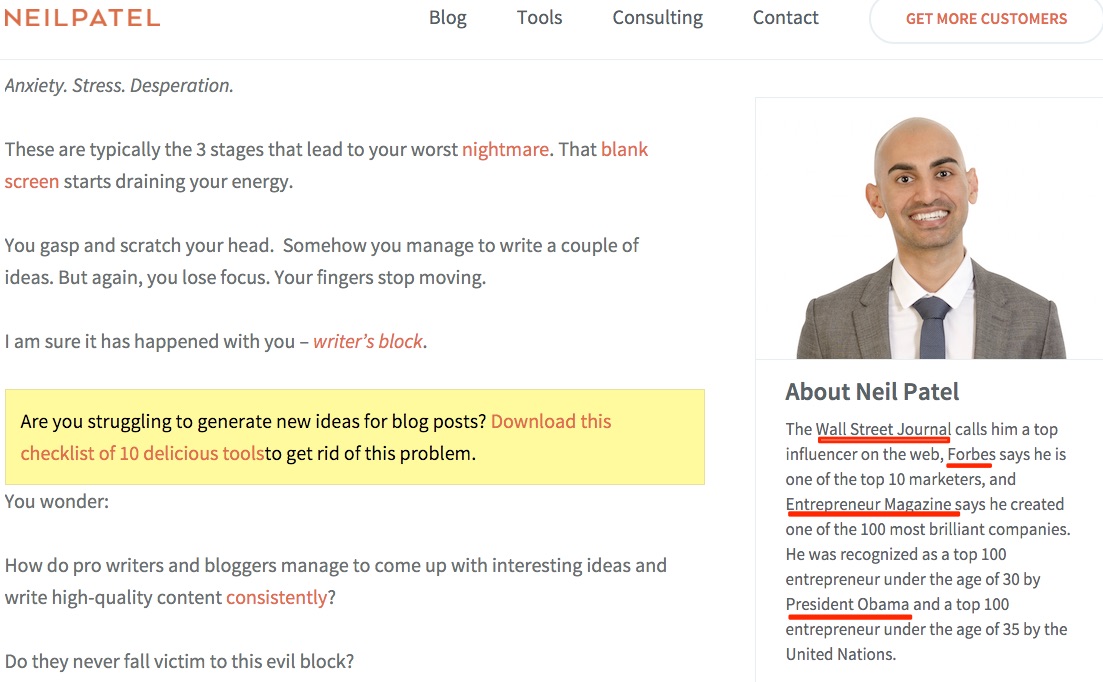

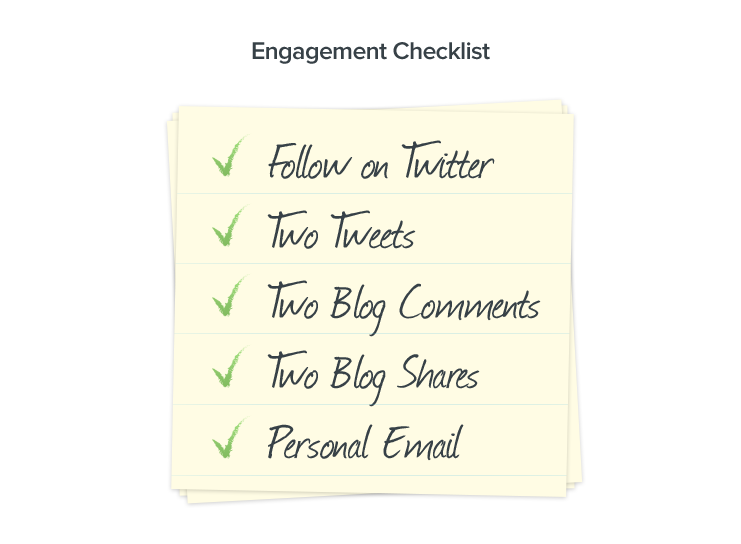



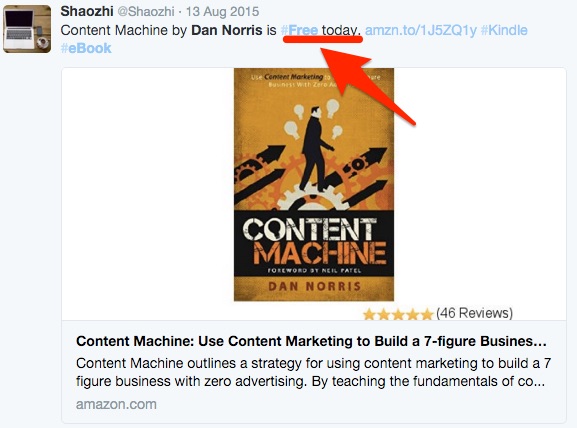

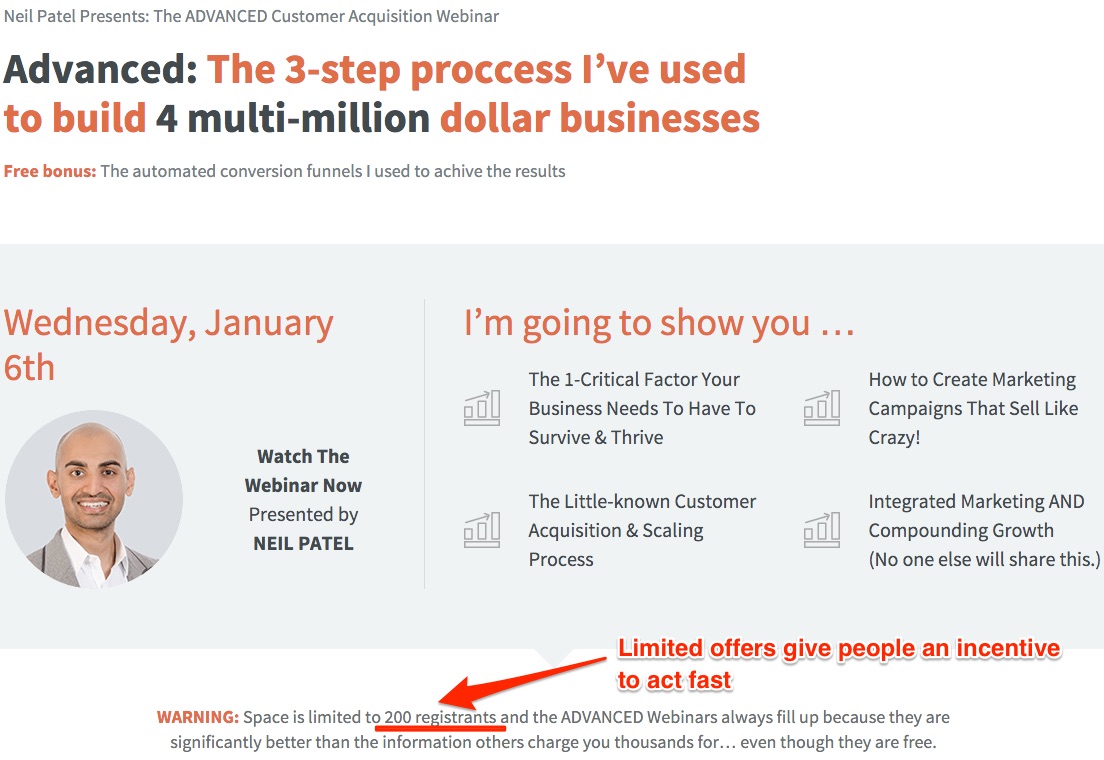
Comments (42)